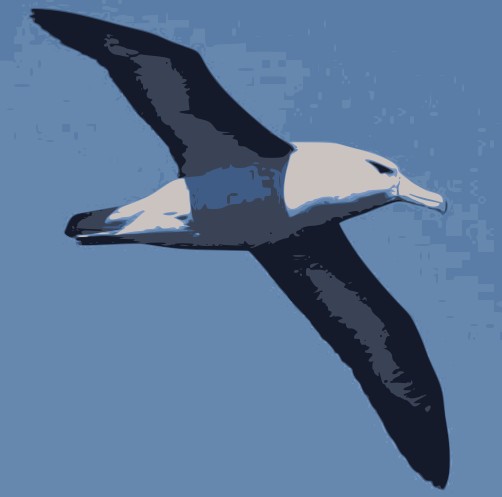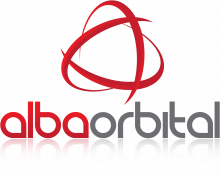
Objectives of the service
Satellite collection of ADS-B signals has been shown to be feasible, and offers a novel way of tracking the complete flight paths of aircraft over the oceans. Indeed, it’s likely that satellites offer the only feasible way to track aircraft from port to port.
As well as the location of aircraft, ADS-B signals contain data on temperature, wind, and humidity experienced by the aircraft, and a key focus of this project is to determine how useful all these data components are to key user-groups, and if there is a clear business case for satellite ADS-B.
During the project will be examined some key technical details, and commercial viability details; how often are ADS-B signals required in order to be useful to these industries? What format must the data streams from aircraft (and satellite) take to be input into existing software models which these organisations use? And of course, what price needs to be achieved in order to close the business case, and how do we add more value by fusing our ADS-B derived data with other satellite data sets?
The services Alba Orbital are investigating are:
- Real-time weather modelling for route optimisation
- Carbon Emissions Monitoring Through ADS-B
- Emergency Rescue through SQUAWK code transmissions
Users and their needs
Industries to be explored, with key sector experts, include weather forecasting services; Air Navigation Services Providers (ANSPs) around the world; disaster recovery sector; and the carbon trading and emissions monitoring community – who will be mandated by law to track emissions from aircraft on international journey’s as part of a UN Initiative to monitor aircraft emissions.
These users face different challenges, and levels of liability; some must have 100% reliable services, in near real time, whilst others are less dependent on very low latency data – in these diverging requirements will create significantly different costs, and viability within the models investigated.
Different users require different levels of processing for the data they require. However, this project will only focus on the data-fusion applications which are powered by the investigated services.
The format our data must take, and how this should look in terms of a final product service, is to be prototyped within this study work, so that we can create a ‘minimum viable product’ for the service users identified.
Service/ system concept
Weather forecast models rely on ever more data points in order to be able to improve forecasting accuracy. Whilst weather satellites themselves can generate much of this data, so too can other instruments, such as aircraft. Through this project we determine if aircraft ADS-B measurements, combined with conventional weather forecasting methods, can offer a significant improvement in weather forecasting – at least along the flightpaths between continents.
At present, daily weather forecasts are used by ANSPs to provide flight route instructions to commercial operators, but these can become outdated throughout the fly, and by feeding weather information generated ‘on-the-fly’, we have the opportunity to improve route mapping efficiency and safety.
More accurate tracking of aircraft routing also provides us the opportunity to more exactly calculate fuel consumption on-the-fly, which is due to become a legal requirement for aircraft in 2020 – so it may be that satellite ADS-B measurements are the best way to meet, and validate, compliance to new environmental guidelines and carbon trading regulations.
Furthermore, many aircraft continue to operate in dangerous conditions that materialise on the fly – by using ADS-B signals to task other observation assets in rare times of need, we give ourselves valuable time to recover Mayday situations. This is undoubtable a niche application of this technology, but one that we feel should be investigated with small operators, in relatively low-tech environments where no ground based radar is available to track aircraft.
Space Added Value
The project considers the use of space based ADS-B receivers, and how the data that they produce can be fused with other datasets to provide useful applications.
A key consideration is how can we add further value to this system by using other satellite-based observations and systems? We are interested to investigate whether microwave radiometry measurements from weather satellites used by EUMETSAT will add further value to the weather applications, and dynamic route mapping application.
We also consider that cross-checking ADS-B route map information with emissions monitoring payloads onboard new satellite systems, such as GHG Sat from Canada, may offer an interesting way to truly verify aircraft carbon emissions in detail.
Satellite ADS-B also offers the chance to improve safety and disaster response to aviation mayday incidents, especially when combined with earth observation technologies such as SAR and visual observations.
Current Status
Alba Orbital has now completed the final review of the Alba-TROSS project and has found the investigated services to be feasible. The feasibility stage of the project has now come to an end.
Alba Orbital is now working to find investment to support the development and eventual commercial roll-out of these ADS-B enabled services.
Alba Orbital plan to demonstrate these services in the next phase of the project in small roll-outs which will shape the future commercial services and development of the services.
Alba Orbital are investigating various methods of financing the next phase of the project and are ready to start development as soon as suitable finance has been found.



